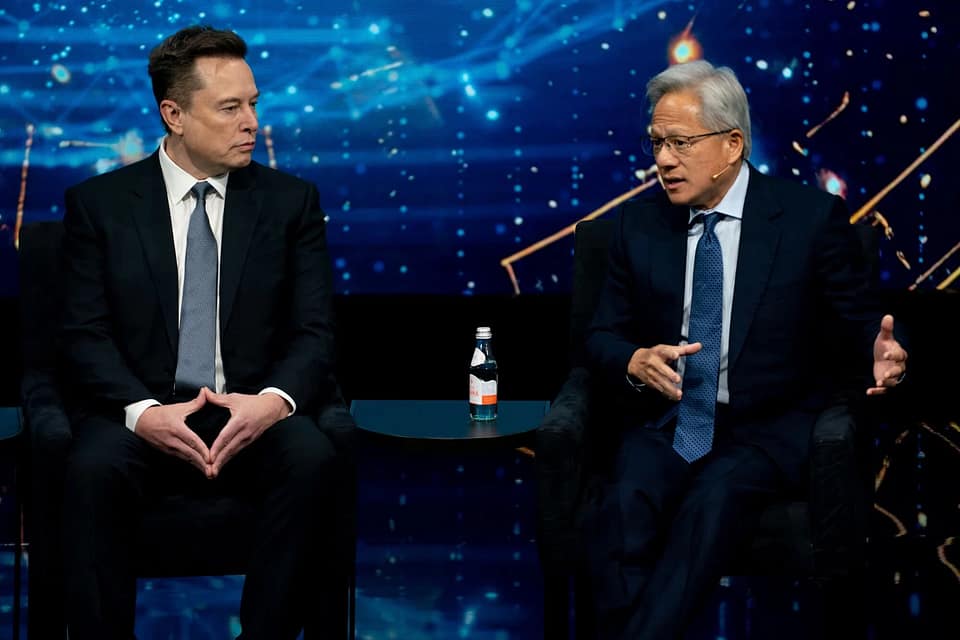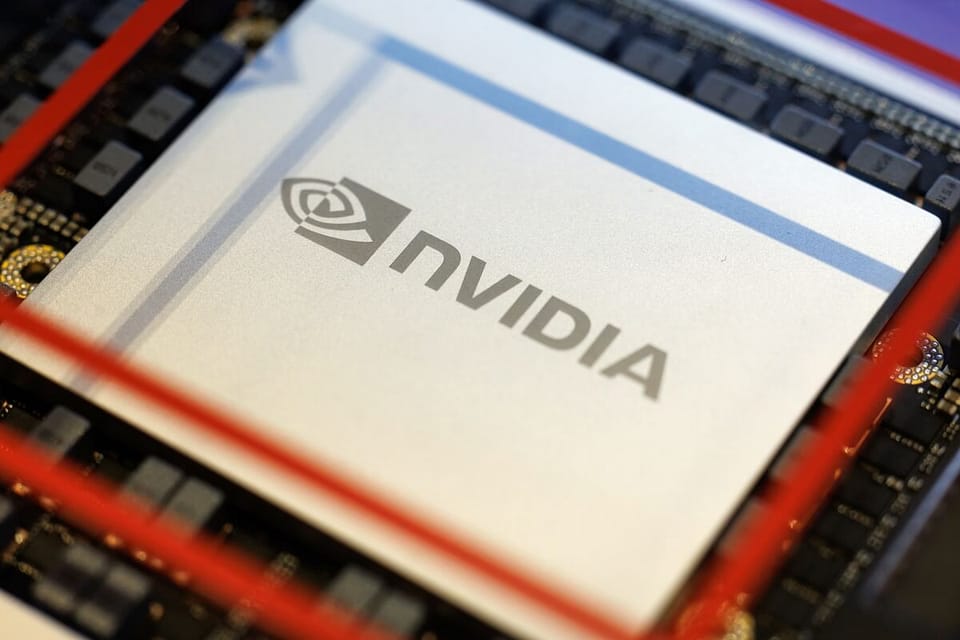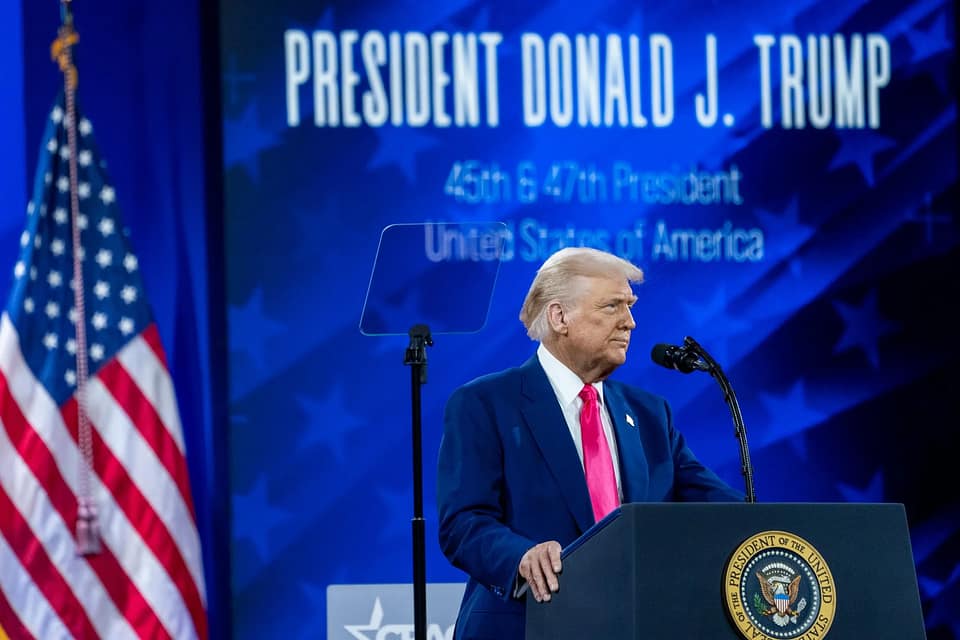NVIDIA to Manufacture American-Made AI Supercomputers: In a landmark announcement that signals a significant shift in the global technology landscape, NVIDIA Corporation revealed on April 14, 2025, that it will manufacture its cutting-edge artificial intelligence (AI) supercomputers entirely in the United States for the first time. This strategic decision, underpinned by a planned investment of up to $500 billion over the next four years, marks a pivotal moment for NVIDIA, the U.S. economy, and the broader AI industry. By bringing production to American soil, NVIDIA aims to strengthen its supply chain, meet soaring global demand for AI infrastructure, and contribute to a burgeoning domestic manufacturing renaissance. This move not only positions NVIDIA as a leader in the AI revolution but also aligns with broader economic and geopolitical trends favoring localized production.
A Strategic Response to Global Demand
NVIDIA, headquartered in Santa Clara, California, has long been a titan in the semiconductor and AI sectors, renowned for its graphics processing units (GPUs) and innovative AI platforms. The company’s decision to manufacture AI supercomputers in the U.S. comes at a time when demand for AI infrastructure is skyrocketing. Businesses, governments, and research institutions worldwide are racing to harness AI’s transformative potential, from advancing scientific discovery to optimizing supply chains and enhancing customer experiences. NVIDIA’s AI supercomputers, powered by its specialized Blackwell chips, are at the heart of this revolution, serving as the backbone for data centers designed to process vast quantities of data at unprecedented speeds.
CEO Jensen Huang emphasized the significance of this shift in a statement: “The engines of the world’s AI infrastructure are being built in the United States for the first time. Adding American manufacturing helps us better meet the incredible and growing demand for AI chips and supercomputers, strengthens our supply chain, and boosts our resiliency.” Huang’s words underscore the dual imperatives driving NVIDIA’s decision: meeting market needs and enhancing operational stability in an era of global supply chain uncertainties.
The Scale of the Investment
NVIDIA’s commitment is nothing short of monumental. The company has commissioned over one million square feet of manufacturing space across Arizona and Texas to build and test its Blackwell chips and AI supercomputers. In Arizona, NVIDIA is partnering with Taiwan Semiconductor Manufacturing Company (TSMC) to produce its advanced chips at TSMC’s Phoenix facilities. Meanwhile, in Texas, NVIDIA is collaborating with electronics giants Foxconn and Wistron to establish supercomputer manufacturing plants in Houston and Dallas, respectively. These facilities are expected to ramp up mass production within the next 12 to 15 months, setting the stage for a significant expansion of NVIDIA’s U.S.-based operations.
The financial scope of this initiative is equally impressive. NVIDIA projects that its $500 billion investment will create a robust AI infrastructure ecosystem in the U.S., generating hundreds of thousands of jobs and driving trillions of dollars in economic value over the coming decades. This aligns with NVIDIA’s broader vision of AI as a foundational technology that will reshape industries and economies. As Huang noted in a recent interview with the Financial Times, “We can easily see ourselves manufacturing several hundred billion of [electronics] here in the U.S.” This ambitious outlook reflects NVIDIA’s confidence in the long-term growth of AI and its role as a market leader.
Economic and Geopolitical Implications
NVIDIA’s decision to manufacture in the U.S. is not merely a business strategy; it’s a response to broader economic and geopolitical currents. Over the past decade, concerns about global supply chain vulnerabilities—exacerbated by events like the COVID-19 pandemic and trade tensions—have prompted companies and governments to prioritize domestic production. The U.S. government, under the Trump administration, has actively championed this trend, advocating for an “American manufacturing renaissance” to reduce reliance on foreign semiconductors and bolster national security.
The White House hailed NVIDIA’s announcement as a victory, stating, “Onshoring these industries is good for the American worker, good for the American economy, and good for American national security.” This sentiment is particularly relevant given recent U.S. restrictions on exporting advanced AI chips to countries like China, driven by concerns over technology transfer and military applications. By producing its AI supercomputers domestically, NVIDIA can maintain tighter control over its intellectual property and align with U.S. policy objectives, potentially mitigating risks associated with international trade disputes or tariffs.
Moreover, NVIDIA’s investment dovetails with significant public and private sector efforts to revitalize U.S. chip manufacturing. Initiatives like the CHIPS and Science Act have spurred billions of dollars in investments from companies like TSMC, Intel, and Samsung to build semiconductor fabrication plants (“fabs”) in the U.S. NVIDIA’s partnerships with TSMC, Foxconn, Wistron, Amkor, and SPIL amplify these efforts, creating a synergistic ecosystem that could position the U.S. as a global hub for AI and semiconductor innovation.
Boosting Jobs and Innovation
One of the most tangible benefits of NVIDIA’s U.S. manufacturing push is its potential to create jobs. The company estimates that its initiatives will generate hundreds of thousands of direct and indirect jobs, ranging from highly skilled engineering roles to manufacturing and logistics positions. The Texas factories alone, located in Houston and Dallas, will require a diverse workforce to operate state-of-the-art facilities equipped with NVIDIA’s advanced AI, robotics, and digital twin technologies. These technologies enable NVIDIA to design and manage its factories with unprecedented efficiency, setting a new standard for smart manufacturing.
Beyond job creation, NVIDIA’s investment is poised to drive innovation. By establishing a robust domestic supply chain, the company can accelerate the development and deployment of next-generation AI technologies. Its Blackwell chips, optimized for AI workloads, are already among the most advanced in the world, and U.S.-based production will enable NVIDIA to iterate and scale these offerings more rapidly. Additionally, the proximity of manufacturing to NVIDIA’s R&D hubs in California could foster closer collaboration between engineers, designers, and production teams, streamlining the innovation pipeline.
Challenges and Market Dynamics
While NVIDIA’s announcement has been met with enthusiasm, it’s not without challenges. Building and scaling advanced manufacturing facilities is a complex and capital-intensive endeavor. The semiconductor industry is notoriously cyclical, and NVIDIA must navigate potential fluctuations in demand, rising production costs, and competition from rivals like AMD, Intel, and emerging players in the AI chip space. Additionally, the company’s stock experienced a slight dip following the announcement, reflecting investor caution amid broader market volatility and concerns about the costs of onshoring.
Geopolitical risks also loom large. While producing in the U.S. mitigates some supply chain vulnerabilities, NVIDIA remains dependent on global partners like TSMC for critical components. Any disruptions in these relationships—whether due to trade policies, tariffs, or regional instability—could impact NVIDIA’s plans. Furthermore, the company must balance its domestic ambitions with its international customer base, ensuring that U.S.-based production doesn’t compromise its ability to serve global markets.
A Vision for the Future
NVIDIA’s decision to manufacture AI supercomputers in the U.S. is a bold bet on the future of AI and American industry. It reflects a convergence of business strategy, economic policy, and technological ambition, positioning NVIDIA as a central player in the AI-driven economy. By investing heavily in domestic production, the company is not only addressing immediate market demands but also laying the groundwork for long-term resilience and growth.
For the U.S., NVIDIA’s move is a beacon of opportunity. It signals that the nation can reclaim its place as a manufacturing powerhouse, particularly in high-tech sectors that will define the 21st century. As AI continues to reshape the world, NVIDIA’s American-made supercomputers could become the engines of innovation, powering breakthroughs in healthcare, energy, transportation, and beyond.
In the words of Jensen Huang, “The engines of the world’s AI infrastructure are being built in the United States for the first time.” With this historic step, NVIDIA is not just building supercomputers—it’s building a future where AI and American ingenuity go hand in hand.
Sources:
- NVIDIA Corporate Announcements, April 14, 2025
- White House Statement, April 14, 2025
- Industry Reports and Analyst Insights, April 2025
Discover more from News Diaries
Subscribe to get the latest posts sent to your email.






























